Ghana’s gold exports reached a record high in the first half of 2024, according to Martin Ayisi, CEO of the Minerals Commission.
Total mineral exports for this period were $9.2 billion, with gold accounting for $5 billion, or 54% of the total.

This surge is attributed to rising global gold prices, particularly in the second quarter, as well as increased local production from both small and large-scale operations.
The average gold price in the second quarter was a record $2,338 per ounce, marking an 18% increase year-on-year and a 13% rise from the previous quarter.
“The average price of gold for July was $2,396 an ounce, noting that gold price inched higher at a new record of $2,482 an ounce on July 17, 2024”, Mr Ayisi stated.

The CEO of the Minerals Commission, Martin Ayisi, predicted that if gold prices stay at the average level seen in the second quarter, Ghana could earn $10 billion from gold exports by the end of the year.
He noted that small-scale mining exports for the first half of 2024 were around $1.7 billion, making up about 36% of the total gold exports.
Ayisi also mentioned that, due to record gold prices, small-scale mining exports might reach over $3 billion by the end of 2024.
He emphasized that the real benefits of mining come from adding value to the minerals.
The government is working on adding value to lithium, bauxite, and manganese, and plans to build local gold refineries.
He was particularly pleased with the progress on manganese. The Ghana Manganese Company Limited is building a $450 million refinery to increase the manganese grade from 27% to 40% and create 350 new jobs.
Ayisi also highlighted new efforts to boost local involvement in mining. Over $2 billion spent by mining companies on local supplies and services is expected to benefit Ghanaians.
He mentioned the government’s plans to list mining companies on the Ghana Stock Exchange to raise funds and praised the Minerals Income Investment Fund for investing in mines to increase state and local participation.
Ayisi called for better environmental management of small-scale mining, which supports around three million people in 12 out of 16 regions.
He stressed the importance of sustainable mining practices.


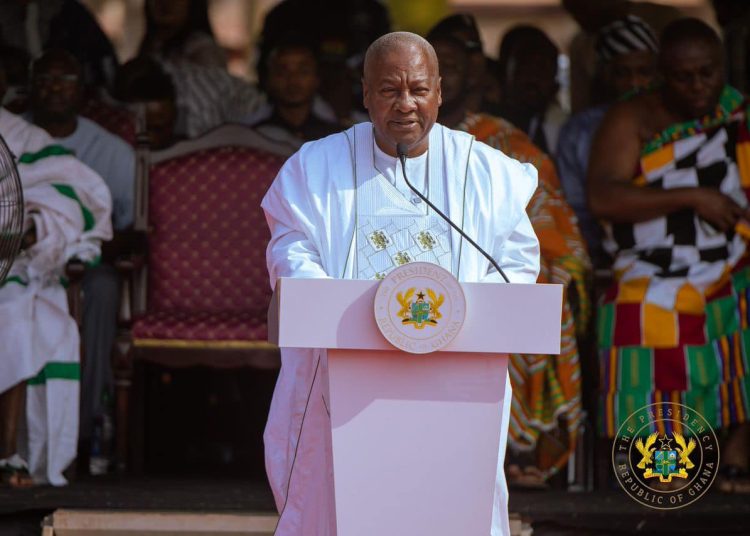












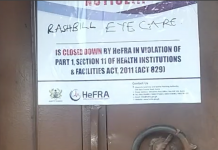
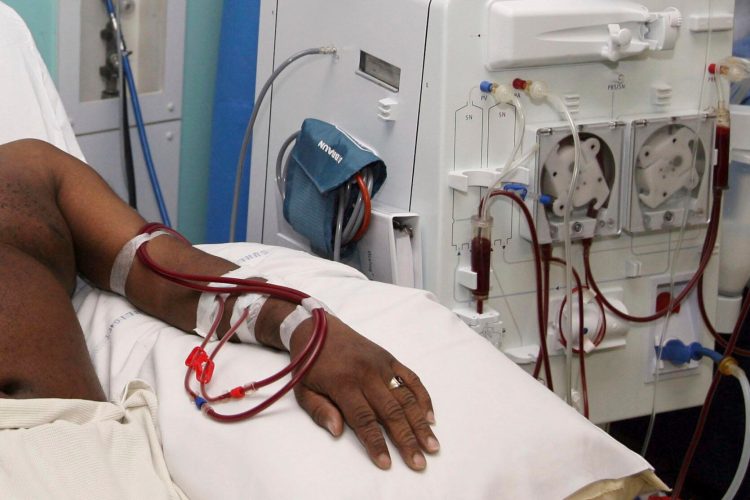











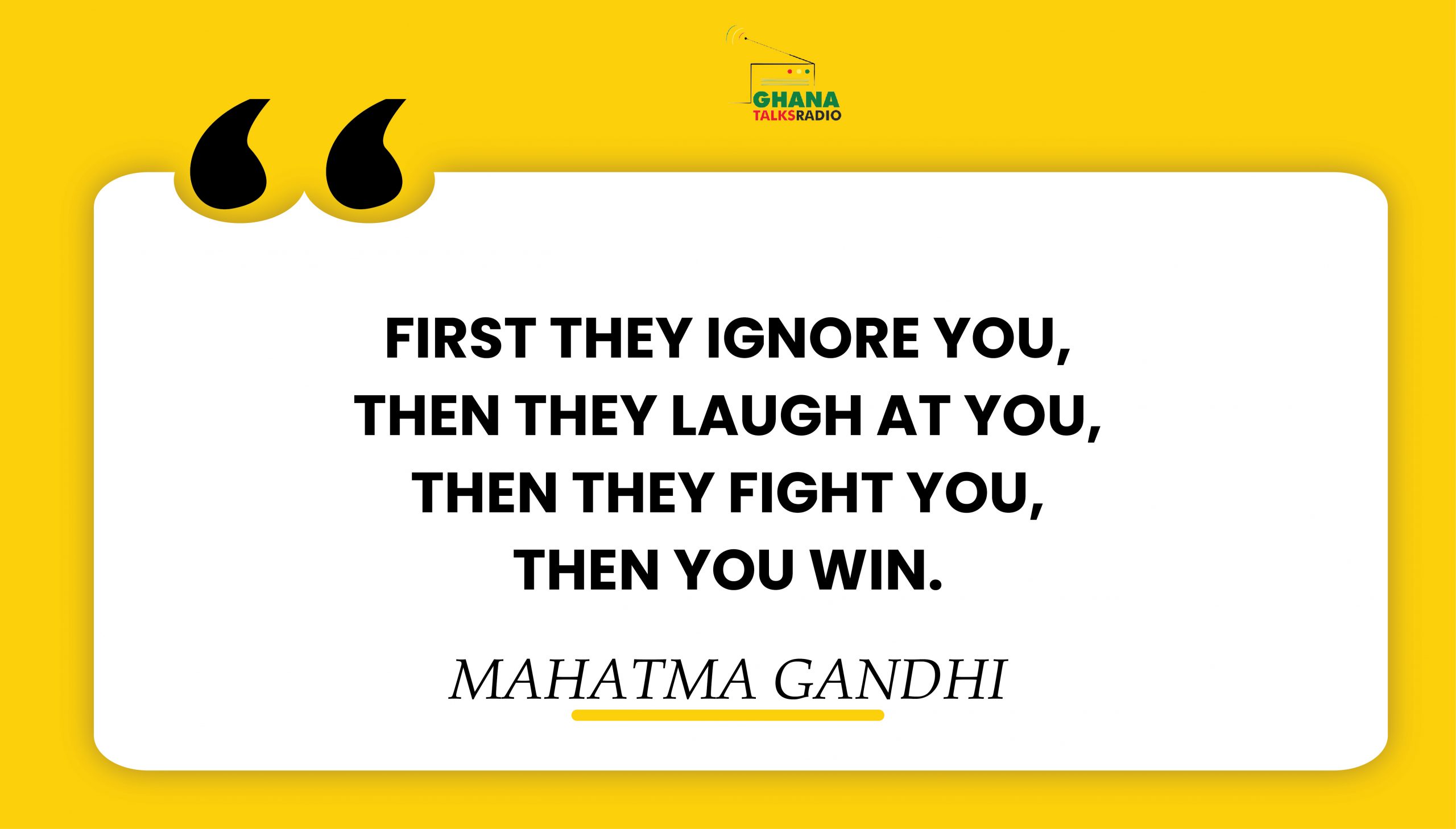

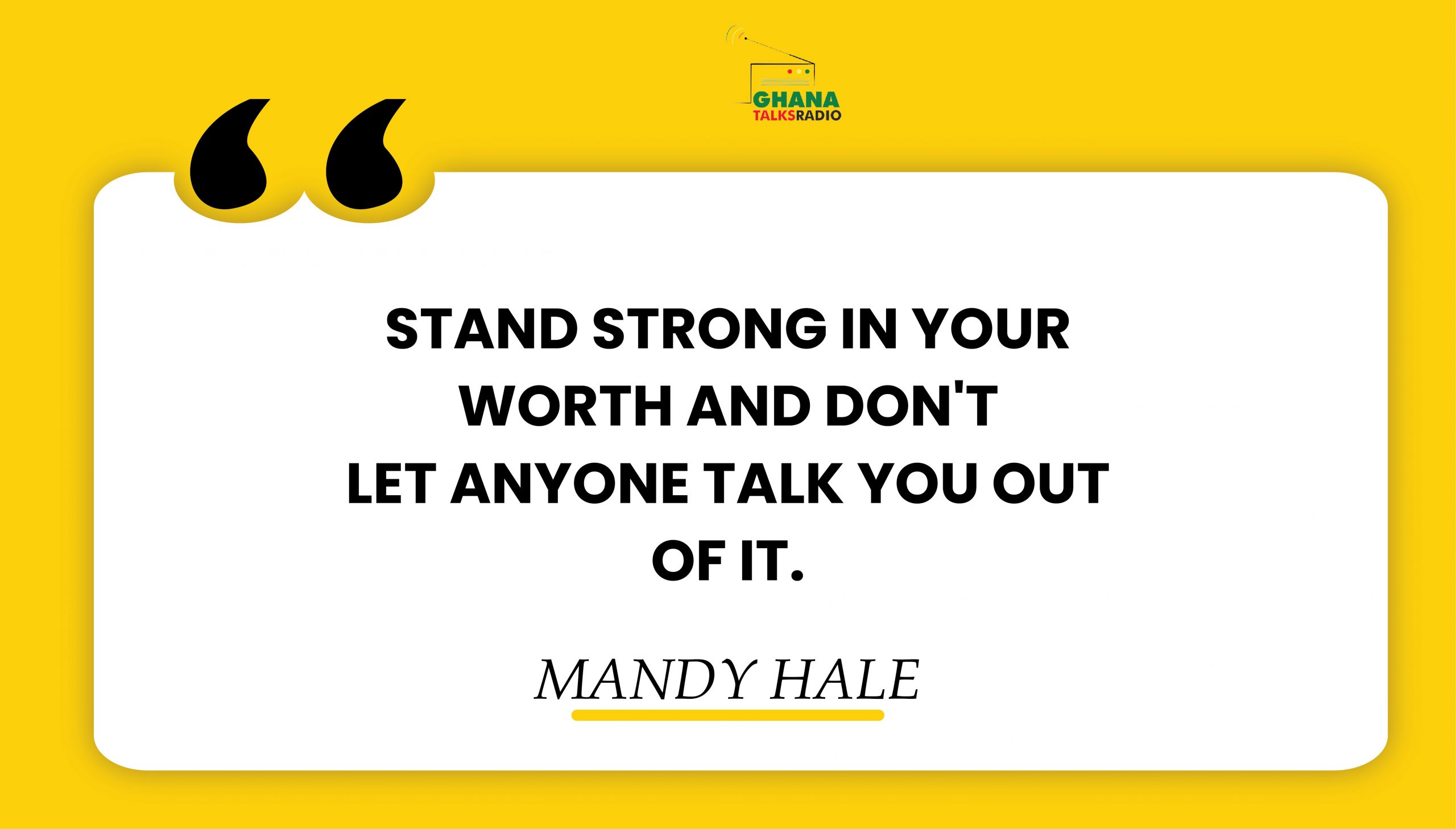
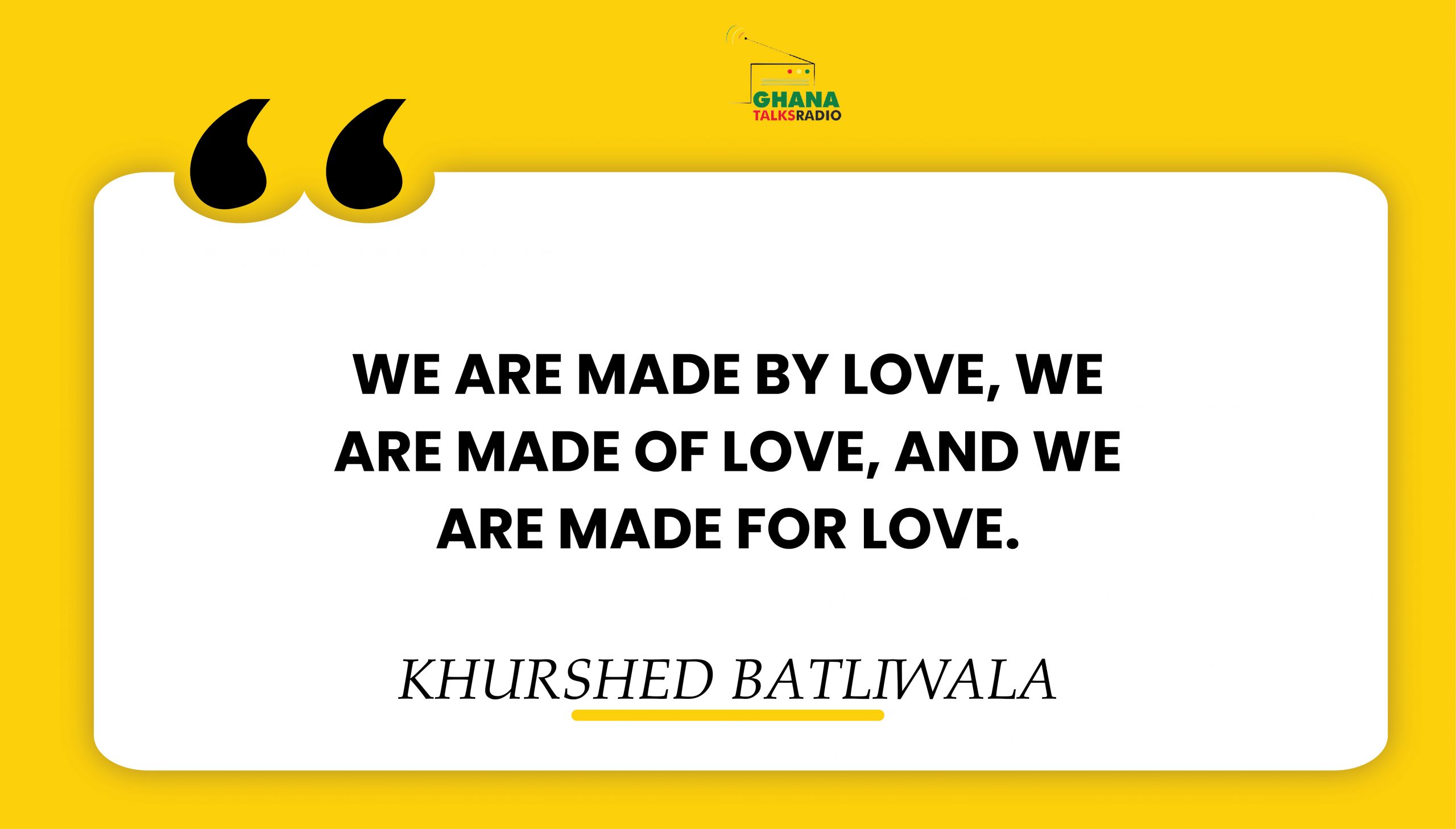



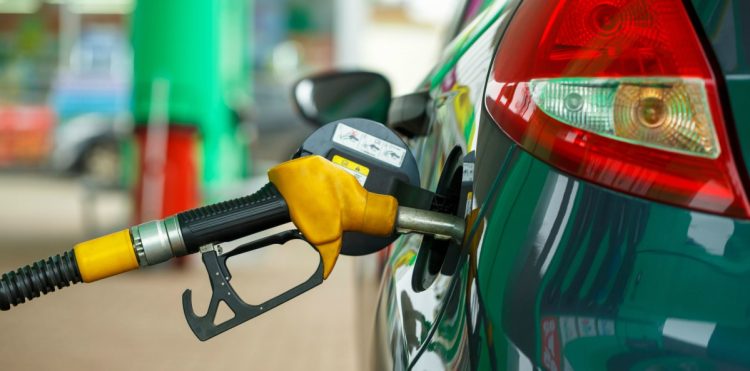



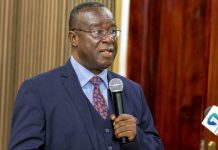


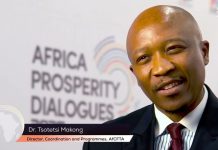












![[FREE FREE MONEY] Predict and Win a Guaranteed GH¢200 From Us EVERY WEEK](https://wordpress.ghanatalksradio.com/wp-content/uploads/2022/02/Predict-and-Win-Final-09-03-2021-218x150.jpg)
![[Predict & Win – 8th/Oct.] WIN A Guaranteed ¢200 From Us This Week](https://wordpress.ghanatalksradio.com/wp-content/uploads/2021/10/maxresdefault-16-218x150.jpg)
![[Predict & Win – 2nd] WIN A Guaranteed ¢200 From Us This Week](https://wordpress.ghanatalksradio.com/wp-content/uploads/2021/09/maxresdefault-50-218x150.jpg)
![[Predict & Win – 25th] WIN A Guaranteed ¢200 From Us This Week](https://wordpress.ghanatalksradio.com/wp-content/uploads/2021/09/maxresdefault-36-218x150.jpg)
![[Predict & Win – 18th] WIN A Guaranteed ¢200 From Us This Week](https://wordpress.ghanatalksradio.com/wp-content/uploads/2021/09/maxresdefault-23-218x150.jpg)








![[National cathedral] See full list of churches that have contributed since 2018](https://wordpress.ghanatalksradio.com/wp-content/uploads/2020/09/Ghana-National-Cathedral-GhanaTalksRadio-100x70.jpg)



